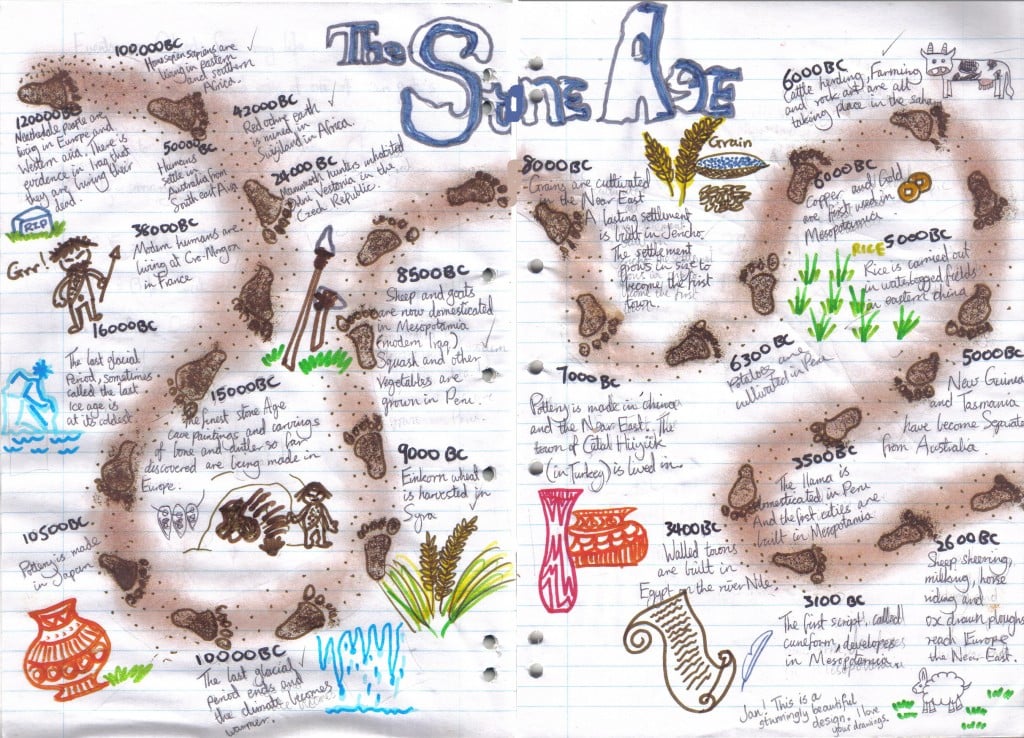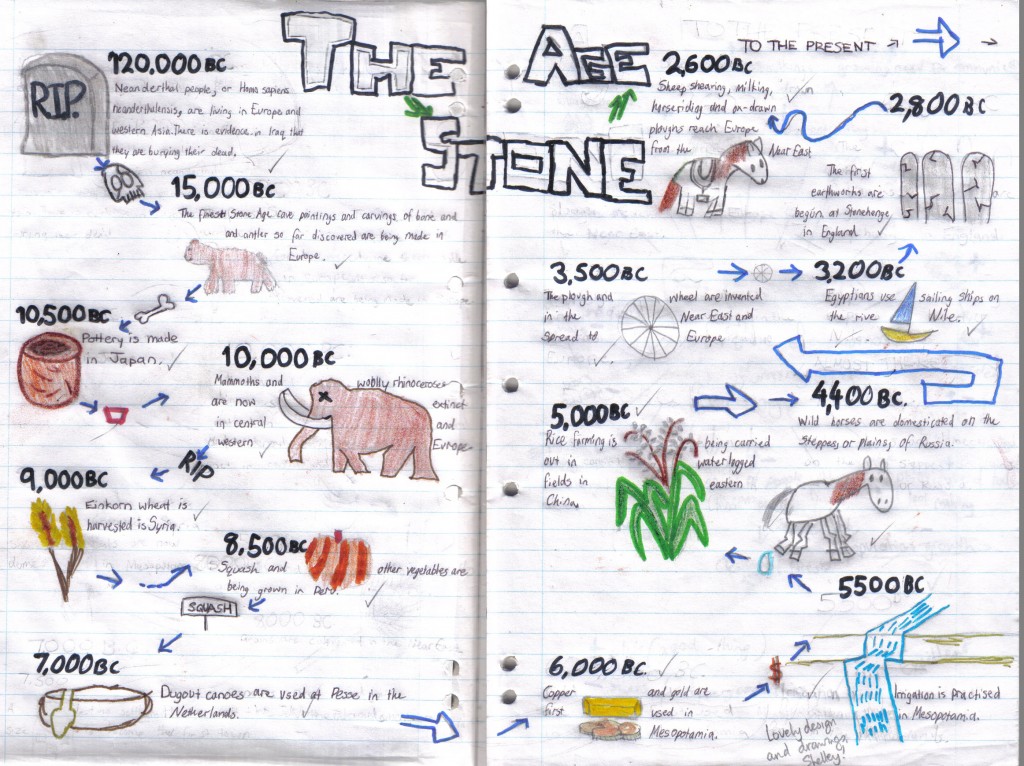Whoops! I hope you don’t mind having a teacher who is out of the loop. Imagine that – I decide that I’ll give you your first test on a day when you’re all on camp. If you hadn’t kindly told me, picture the lonely classroom, the blank test papers…Well, honestly. I’m changing the date to Thursday 4 March. That way I can correct your tests over the long weekend. I wouldn’t want to spend too much time relaxing. My brain might become even more addled.
Now that you have your assignment sheet and are rocketing off with Emit and Llatiwonk, here are some internet links to help you find information. Of course you could find them on your own, but this will make your life easier, with any luck. And don’t forget to beat a path to your nearest public library. Where else can you go and check out an unlimited number of books and have people smile and wave at you?
Keep in mind that Emit is keen, curious and questioning. He can be wild and rash, take risks and do crazy things in his search for knowledge. Llatiwonk, on the other hand, is rational, careful and thorough. Who do you think is more like you? (You can do some self-analysis and leave an answer to this question in a comment if you like.)
Begin your adventure by looking at some of these sites on ancient Egypt…
Play the Mummy Maker Game at the BBC website by clicking here
Read about the power of the Pharaohs here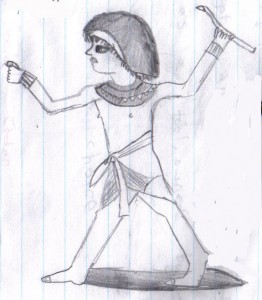 Edy’s Egyptian figure (7F 09)
Edy’s Egyptian figure (7F 09)
View the treasures of Tutankhamen here
Convert your name to hieroglyphs here
Click on this link to find out more about the Nile River:
http://www.ancient-egypt-online.com/river-nile-facts.html
http://www.bbc.co.uk/history/ancient/egyptians/nile_01.shtml (for serious readers only!)
This photo and the one in the header were taken by John Bayley, a friend who could easily get a job with National Geographic but instead lets me use his photos to my heart’s content without any monetary reward.
Peasants
Sources suggest that peasant farmers made up about 80% of Egypt’s population. The most likely way to raise one’s status was through learning to write, but this would not have been easy for many peasant farmers to do. They had many other onerous tasks and they paid a very substantial proportion of their grain in tax – some sources suggest over half.
Here are some links about the lives of peasants:
http://www.egyptologyonline.com/Work%20&%20Trade.htm
http://www.egyptologyonline.com/Work%20&%20Trade.htm
http://www.bbc.co.uk/worldservice/specials/1624_story_of_africa/page89.shtml (This site explains that it was peasant farmers rather than slaves who were responsible for the great monuments of ancient Egypt.)
For a detailed account of how the ancient Egyptians made beer and bread, go to:
http://www.mnsu.edu/emuseum/prehistory/egypt/dailylife/breadmaking.htm
To read about Hatshepsut, a rare woman pharaoh, go to:
http://www.bbc.co.uk/history/ancient/egyptians/hatshepsut_01.shtml
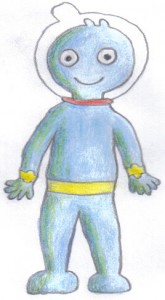

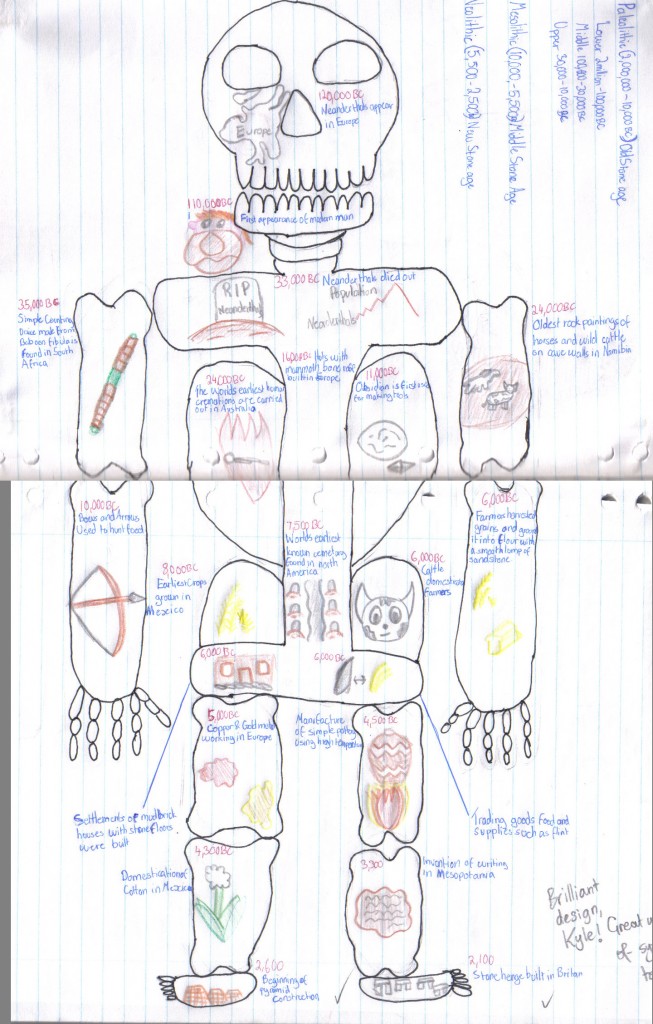
 Summary:
Summary:

